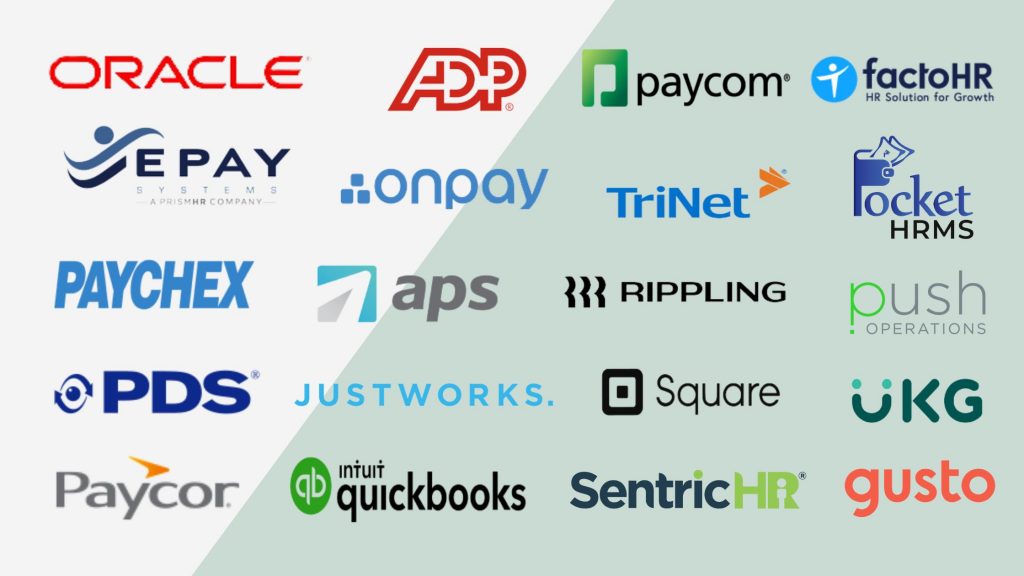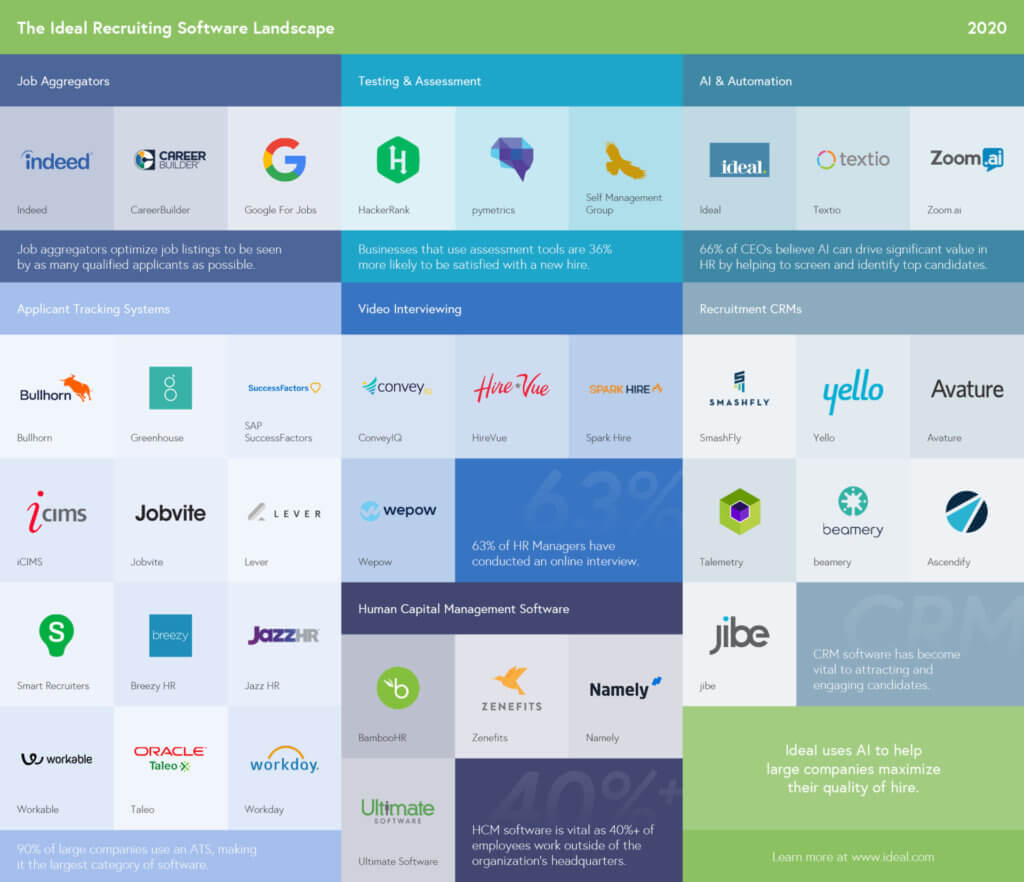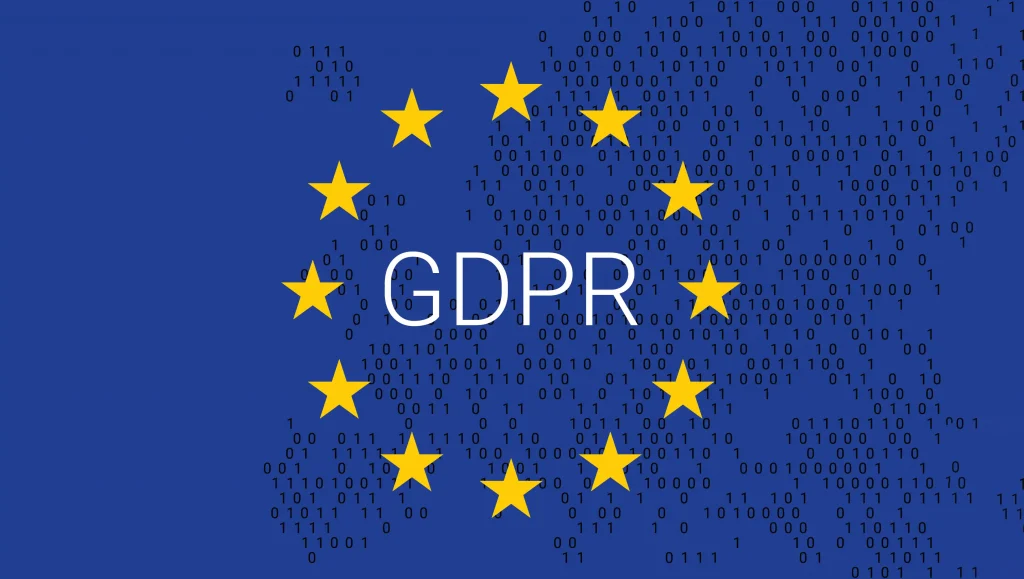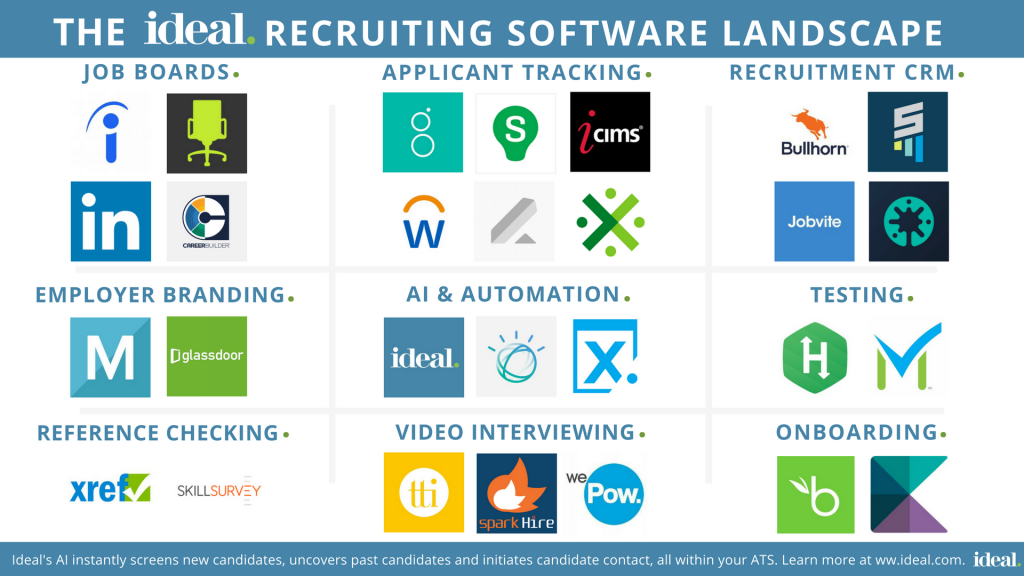Demystifying HR Tech for Multi-National Expansion
As your ambitious gaze stretches beyond national borders, navigating the labyrinthine world of global payroll and HR can feel like scaling Mount Everest in flip-flops. Fear not, intrepid leaders! HR tech offers a sturdy sherpa, guiding you through the intricate terrain of multi-national workforce management. This post dissects the capabilities of industry giants like Zenefits and SAP SuccessFactors, equipping you to choose the perfect digital companion for your global expedition.
The Multi-National Maze: Demystifying the Challenges
Expanding your reach across diverse regions presents a dizzying array of challenges:
- Payroll complexities: Complying with a kaleidoscope of local tax regulations, managing diverse currencies, and ensuring timely, accurate payroll across borders are no mean feats.
- Talent acquisition labyrinth: Recruiting top talent in unfamiliar territory demands culturally-sensitive approaches, localized job postings, and seamless candidate management across time zones.
- Onboarding odyssey: Integrating new hires across various regions requires localized onboarding materials, compliance training customized for each location, and efficient communication bridges.
- Data integration Everest: Ensuring seamless data integration between disparate HR systems, payroll platforms, and local regulations is key to maintaining data accuracy and regulatory compliance.
| Provider | Key Features | Ideal For | Considerations |
|---|---|---|---|
| Zenefits | – HRIS & payroll in one platform – Benefits administration | – SMBs – Distributed workforces | – Setup can be complex – Reporting lacks customization |
| SAP SuccessFactors | – Global HCM suite – Advanced analytics – Customizable | – Large enterprises | – Very complex – Expensive |
| BambooHR | – Intuitive interface – Applicant tracking – Employee self-service | – SMBs under 1,000 employees | – Payroll is an add-on module – Limited global capabilities |
| Deel | – Global payroll & compliance – Contractor payments – Multi-currency | – Remote teams – International activities | – Younger company – Limited HR features |
| Workday | – Unified HCM platform – Custom reporting – Configurable workflows | – Medium & large companies | – Significant IT investment required – Steep learning curve |
| Gusto | – Easy-to-use – Integrated payroll & HR – Affordable | – Startups & SMBs | – Limited functionality vs. larger platforms – Less suitable for global activities |
Zenefits: The Agile Ally for Small and Mid-Sized Adventurers
Zenefits, renowned for its user-friendly interface and cost-effective solutions, offers a surprisingly robust global HR toolset:
- Multi-currency payroll: Seamlessly manage payroll in multiple currencies, automatically calculating exchange rates and withholding taxes based on location.
- Localized compliance: Built-in compliance features help navigate regional tax regulations, minimizing the risk of costly errors.
- Simplified tax reporting: Generate comprehensive tax reports tailored to specific countries, streamlining the reporting process.
- Global onboarding suite: Access localized onboarding materials, manage compliance checklists, and track progress for new hires across borders.
SAP SuccessFactors: The Enterprise Expedition Guide for Seasoned Explorers
SAP SuccessFactors, a heavyweight in the enterprise HR space, provides a comprehensive, modular suite perfect for complex global operations:
- Country-specific modules: Leverage localized modules tailored to regional regulations and HR practices, ensuring compliance from day one.
- Robust data integration: Seamlessly integrate HR data with payroll systems, expense management tools, and local regulations, maintaining data integrity across the globe.
- Advanced talent acquisition: Attract top talent through global job boards, localized candidate evaluation tools, and streamlined interview scheduling across time zones.
- Performance management across borders: Set performance goals based on regional expectations, track progress globally, and provide localized feedback to employees.
Choosing Your Global HR Tech Sherpa: Matching Needs with Capabilities
The perfect HR tech partner depends on your unique expedition:
- Company size and complexity: Smaller companies might find Zenefits’ user-friendly interface and cost-effectiveness appealing, while larger organizations might require SAP SuccessFactors’ scalability and feature depth.
- Global footprint and expansion roadmap: Consider the number of countries you operate in and your future expansion plans when choosing a platform with the necessary country-specific support and scalability.
- Integration needs: Assess your existing systems and data landscape to ensure seamless integration with your chosen HR tech platform.
- Budget and ROI: Analyze the cost of implementation, ongoing subscription fees, and potential return on investment before making a decision.
Beyond the Features: Building a Global HR Tech Compass
Remember, technology is but a tool; your global HR strategy is the map:
- Cultural sensitivity: Adapt HR processes and communication to respect local customs and nuances, fostering a positive employee experience across borders.
- Talent localization: Partner with local recruitment agencies and leverage regional job boards to attract talent familiar with the cultural context.
- Employee communication: Prioritize clear, consistent communication, keeping employees informed of company updates, policy changes, and global initiatives.
- Continuous learning: Embrace a culture of ongoing learning, providing training on navigating local regulations, cultural awareness, and best practices for managing a multi-national workforce.
Conquering the Global Frontier: One Step at a Time
With the right HR tech partner and a well-defined strategy, navigating the global HR landscape can be an exhilarating, transformative journey. Embrace the challenges, celebrate the successes, and watch your organization flourish on the world stage. Remember, the path to global HR mastery is paved with careful planning, thoughtful technology adoption, and a deep commitment to understanding and valuing your diverse workforce across every border. So, pack your curiosity, choose your digital sherpa, and embark on your multi-national adventure with confidence!
Deep Dive: Unveiling the Hidden Gems of Global HR Tech – Beyond Zenefits and SAP SuccessFactors
While Zenefits and SAP SuccessFactors undoubtedly hold their place among the titans of global HR tech, delving deeper reveals a treasure trove of specialized solutions catering to unique needs and niche complexities. This expedition beyond the familiar takes you through the intricate jungle of lesser-known gems, equipping you with the knowledge to identify the perfect digital companion for your multi-national odyssey.
1. Ascending the Niche Peaks: Unveiling Specialized Players
- Deel: This rising star champions global payroll complexities, offering multi-currency payments, automated compliance across 150+ countries, and contractor management tools, ideal for startups and companies with frequent international contractors.
- Globalization Partners: Renowned for their Employer of Record (EOR) services, Globalization Partners provides a streamlined gateway to establishing legal entities and managing payroll in new markets, perfect for companies seeking rapid global expansion without the burden of local subsidiary setup.
- BambooHR: While primarily focused on domestic HR, BambooHR boasts a user-friendly interface and powerful integrations with global payroll providers like ADP GlobalView, making it a viable option for smaller companies dipping their toes into global waters.
- Papaya Global: This European powerhouse excels in complex multi-country payroll and tax compliance, particularly in European and Asian markets, catering to large enterprises with established global footprints.
2. Beyond Payroll: Diving into Advanced Workforce Management
- Workday: Beyond payroll, Workday offers a comprehensive suite of HR tools, including global performance management, talent acquisition with localized job boards, and robust learning management systems, ideal for fostering a unified HR experience across borders.
- Gusto: Famed for its user-friendly approach, Gusto’s global capabilities extend to multi-currency payroll, localized onboarding documents, and seamless integration with international tax and compliance providers, making it a suitable choice for small and medium-sized businesses with global ambitions.
- ADP GlobalView: A stalwart in the payroll industry, ADP GlobalView provides a robust platform for managing complex multi-country payroll, with features like currency conversion, automated tax calculations, and detailed reporting for each location.
3. Illuminating the Data Integration Puzzle: Connecting the Global Dots
- Boomi: This integration platform as a service (iPaaS) specialist excels in connecting disparate HR systems, payroll platforms, and local regulations, ensuring seamless data flow and eliminating siloed data issues in complex global operations.
- Talend Open Studio for Data Integration: Open-source and flexible, Talend offers a cost-effective solution for data integration in global HR, allowing for customization and tailored data flows to meet specific needs and compliance requirements.
- Celigo: As a cloud-based integration platform, Celigo specializes in connecting HR and payroll systems with CRM and accounting software, streamlining data exchange and simplifying reporting across departments and international locations.
4. Building a Bespoke Ecosystem: Tailoring Your HR Tech Arsenal
- API Openness: Choose a platform with open APIs to allow for seamless integration with existing tools and future customization to cater to your evolving global needs.
- Data Security and Privacy: Prioritize robust data security measures and adherence to global data privacy regulations like GDPR to ensure employee data protection across borders.
- Scalability and Flexibility: Opt for a platform that can scale with your global expansion, adapting to your growing workforce and expanding footprint over time.
- Localization Capabilities: Assess the platform’s ability to offer localized features, including regional languages, compliance tools, and culturally sensitive communication interfaces.
5. Navigating the Cultural Compass: Embracing the Human Touch in Global HR
- Invest in Cross-Cultural Training: Equip your HR team and managers with training on navigating cultural differences, fostering inclusive communication, and respecting local customs and expectations.
- Embrace Diversity and Inclusion: Build a diverse workforce and leadership team that reflects the global reality of your organization, ensuring cultural understanding and sensitivity at all levels.
- Prioritize Open Communication: Maintain clear and consistent communication channels with employees across borders, providing updates, addressing concerns, and fostering a sense of belonging within the global team.
- Celebrate Global Achievements: Recognize and celebrate successes across all regions, showcasing the strength of your diverse workforce and fostering a sense of shared purpose and community.
Beyond the Tools: Building a Thriving Global HR Landscape
Remember, technology is simply the compass; your people are the map:
- Invest in your global HR team: Build a team with expertise in international HR, compliance, and cultural sensitivity to effectively manage your multi-national workforce.
- Develop a global HR strategy: Align your HR practices with your overall business goals and expansion plans, ensuring consistency and compliance across international operations.
- Embrace continuous learning and adaptation: Stay up-to-date on changing regulations, emerging technologies, and evolving cultural nuances to continuously improve your global HR practices.
6. Data Analytics and Reporting: Illuminating Global Insights
- Workday Prism Analytics: This powerful tool transforms HR data into actionable insights, providing visibility into global workforce trends, talent performance across regions, and employee engagement metrics, enabling data-driven decision-making for continuous improvement.
- People Analytics Tools: Specialized platforms like HR Acuity and Namely offer advanced people analytics capabilities, allowing you to analyze global workforce data, identify talent gaps, predict turnover risks, and optimize your global workforce strategy.
- Customizable Dashboards and Reporting: Choose a platform that allows you to create custom dashboards and reports tailored to your specific global HR needs, providing real-time insights into critical performance indicators across different countries and regions.
7. AI and Automation: Boosting Efficiency and Streamlining Processes
- Automated Onboarding and Compliance: Leverage AI-powered tools to automate onboarding tasks, personalize compliance training, and manage document reviews, freeing up HR resources and ensuring consistent and efficient onboarding experiences across borders.
- Global Talent Acquisition AI: Utilize AI-powered recruitment platforms to identify top talent in diverse markets, analyze candidate profiles based on location-specific requirements, and streamline the interview scheduling process across time zones.
- Predictive Performance Analytics: Employ AI to identify potential skills gaps, predict performance risks, and recommend personalized training and development opportunities for employees in different regions, fostering growth and engagement.
8. Security and Compliance: Safeguarding Your Global Workforce
- Data Security at its Core: Choose a platform with robust data security measures, including encryption, access control, and regular security audits, to ensure the protection of employee data across all global locations.
- Compliance with Global Regulations: Prioritize a platform that adheres to various regional and international data privacy regulations like GDPR and CCPA, mitigating compliance risks and protecting employee privacy.
- Regularly Review and Update Processes: Implement a system for regularly reviewing and updating your data security and compliance practices to remain compliant with evolving regulations and ensure ongoing data protection.
9. Fostering a Collaborative Global Culture
- Internal Communication Platforms: Utilize collaborative tools like Microsoft Teams or Slack to connect employees across borders, facilitate knowledge sharing, and foster a sense of community within the global workforce.
- Global Recognition and Rewards: Implement international recognition programs and reward systems that celebrate achievements across all regions, promoting inclusivity and motivating employees to contribute to the global success of the organization.
- Intercultural Training and Exchange Programs: Encourage cultural exchange programs, virtual team-building activities, and intercultural training initiatives to break down cultural barriers and build empathy and understanding among employees worldwide.
10. The Future of Global HR Tech: Embracing a Dynamic Landscape
- The Rise of Cloud-Based Solutions: Expect the continued proliferation of cloud-based HR platforms, offering cost-effective scalability, accessibility from anywhere in the world, and easier integration with existing tools.
- Hyper-Personalization and AI-powered Insights: AI will play a growing role in hyper-personalizing HR experiences for employees across regions, recommending tailored training, performance feedback, and career development opportunities based on individual needs and aspirations.
- Enhanced Security and Compliance Measures: Data security and compliance will remain paramount, with platforms offering advanced encryption, blockchain technology, and automated compliance tools to ensure data protection and mitigate risks.
Beyond the Tools: Cultivating a Global Mindset
Remember, technology is a powerful tool, but it’s your vision and human touch that truly shape the global HR landscape:
- Embrace a global mindset: Cultivate a leadership team and workforce that embraces cultural diversity, values different perspectives, and prioritizes inclusivity at all levels of the organization.
- Invest in continuous learning: Encourage ongoing learning and development for your global HR team, ensuring they stay up-to-date on international regulations, cultural nuances, and emerging HR technologies.
- Build strong partnerships: Partner with local HR experts, legal advisors, and cultural consultants in each region to navigate regulatory complexities, build relationships with local authorities, and gain valuable insights into regional nuances.
- Be a responsible global citizen: Promote ethical labor practices, respect workers’ rights across all countries, and contribute to building a more sustainable and inclusive global workplace.
Embracing the Journey: A Thriving Global HR Landscape Awaits
Navigating the intricate terrain of global HR can be a thrilling, transformative journey. By delving into the hidden gems of the HR tech landscape, choosing the right tools for your specific needs, and cultivating a global mindset, you can unlock a world of possibilities. Remember, your global workforce is your greatest asset. Invest in their well-being, value their diverse perspectives, and empower them to thrive. Then, watch your organization blossom on the global stage, leaving a lasting mark on the world, one fulfilled employee at a time.
Demystifying HR Tech for Multi-National Expansion Read More »









